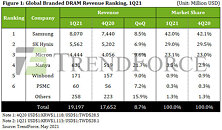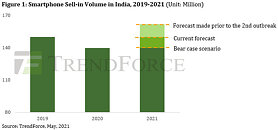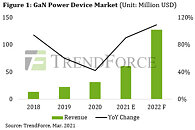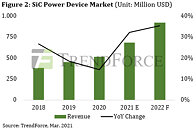
ASUS Leaks its own Snapdragon X Elite Notebook
Courtesy of ASUS Vietnam (via @rquandt on X/Twitter), we now have an idea of what ASUS' first Qualcomm Snapdragon X Elite notebook will look like, but also what the main specifications are. It will share the Vivobook S 15 OLED branding with other notebooks from ASUS, although the leaked model carries the model number S5507QA-MA089WS. At its core is a Qualcomm Snapdragon X Elite X1E-78-100 SoC which is the base model from Qualcomm. The SoC consists of 12 Oryon cores, of which eight are performance cores and four are energy efficient cores. A peak, multi-threaded clock speed of 3.4 GHz and 42 MB of cache, as well as a 75 TOPs AI engine rounds off the SoC specs. The SoC is also home to a Qualcomm Adreno GPU, but so far Qualcomm hasn't released any useful specs about the GPU in the Snapdragon X Elite series of chips.
ASUS has paired the SoC with 32 GB of LPDDR5X memory of an unknown clock speed, although Qualcomm officially supports speed of up to 8,448 MT/s in a to PC users unusual configuration of eight channels at 16-bit wide, for a bandwidth of up to 135 GB/s. For comparison, Intel's latest Core Ultra processors max out at LPDDR5X 7,467 MT/s and up to 120 GB/s memory bandwidth. Other features include a 1 TB PCIe 4.0 NVMe SSD, a glossy 15.6-inch 2,880 x 1,620 resolution, 120 Hz OLED display with 600 nits peak brightness and a 70 WHr battery. It's unclear what connectivity options will be on offer, but judging by the screenshot below, we can at least expect an HDMI out as well as a pair of USB Type-C ports, a micro SD card slot and a headphone jack. As far as pricing goes, Roland Quandt is suggesting a €1,500 base price on X/Twitter, but we'll have to wait for the official launch to find out what these Arm based laptops will retail for. ASUS Vietnam has already removed the page from its website.
ASUS has paired the SoC with 32 GB of LPDDR5X memory of an unknown clock speed, although Qualcomm officially supports speed of up to 8,448 MT/s in a to PC users unusual configuration of eight channels at 16-bit wide, for a bandwidth of up to 135 GB/s. For comparison, Intel's latest Core Ultra processors max out at LPDDR5X 7,467 MT/s and up to 120 GB/s memory bandwidth. Other features include a 1 TB PCIe 4.0 NVMe SSD, a glossy 15.6-inch 2,880 x 1,620 resolution, 120 Hz OLED display with 600 nits peak brightness and a 70 WHr battery. It's unclear what connectivity options will be on offer, but judging by the screenshot below, we can at least expect an HDMI out as well as a pair of USB Type-C ports, a micro SD card slot and a headphone jack. As far as pricing goes, Roland Quandt is suggesting a €1,500 base price on X/Twitter, but we'll have to wait for the official launch to find out what these Arm based laptops will retail for. ASUS Vietnam has already removed the page from its website.












